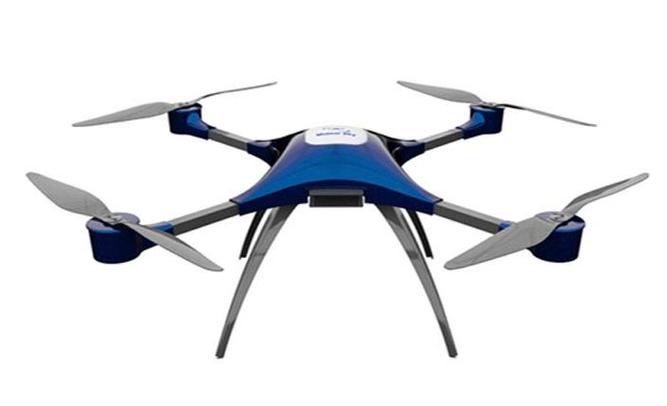The evolution of small drones with cameras has dramatically changed the landscape for both hobbyists and professionals. These compact, yet highly capable devices allow users to capture breathtaking aerial footage with ease and convenience.
Exploring the Latest Innovations
In recent years, small drones have become increasingly popular due to their affordability and versatility. The latest models are equipped with high-definition cameras, offering 4K resolution and image stabilization technology, which ensures smooth, crisp videos. This leap in camera technology means that even enthusiasts can produce professional-level content. Additionally, some new models incorporate real-time video streaming, allowing users to view footage live on their connected devices, a feature that was once exclusive to more expensive options.
Advanced Features and Functionality
Drones today are far more than just flying cameras; they include a host of advanced features. Autonomous flight modes like follow-me, orbit, and waypoint navigation have become commonplace. These intelligent features allow the drone to automatically follow a subject, circle around a point of interest, or take a predetermined flight path, making it easier for operators to focus on capturing the perfect shot without having to worry about complex manual controls.
- Enhanced Durability: Modern small drones with cameras are designed to withstand diverse environmental conditions, featuring durable materials and robust construction. This improvement extends the lifespan of the devices, even in adverse climates.
- Longer Flight Times: Battery technology is another area seeing significant advancement. Many of today’s small drones can now boast flight times of 20-30 minutes on a single charge, providing ample opportunity for shooting extensive footage and covering larger areas.
Safety and Compliance

With the increase in the prevalence of drones, safety and regulatory compliance have become critical considerations. Innovations in geo-fencing and obstacle avoidance technology have greatly reduced the risks associated with drone operations. Geo-fencing restricts flights to designated areas, preventing the drones from entering restricted spaces, such as airports. Meanwhile, obstacle avoidance sensors actively scan the surroundings in real time to detect and steer clear of potential hazards.
The Benefits for Different Users

The advent of sophisticated small drones with cameras has opened up new possibilities across various fields.
For Content Creators: Videographers and photographers find these devices invaluable for capturing unique perspectives. Whether it is for shooting a movie, documenting an event, or snapping photographs for social media, the augmented capabilities of drones enable creators to push the boundaries of their artistic vision.
In Industry: These drones are being utilized in numerous industries such as agriculture, real estate, and construction, offering cost-effective solutions for tasks like surveying and mapping. The ability to quickly and easily gather detailed visual data is game-changing.
Which Drone is Right for You?
Choosing the right small drone with a camera depends largely on the user’s needs and experience level. For beginners, it’s advisable to start with a budget-friendly model that offers essential features without overwhelming complexity. More experienced users might prioritize drones with advanced functionalities like extended flight time, superior video quality, and enhanced features.
As the market continues to expand, it’s crucial for potential buyers to consider the latest innovations and weigh them against their specific requirements and budgets. By doing so, users can find a drone that perfectly captures their vision while being easy and enjoyable to operate.
Frequently Asked Questions
- Do I need a license to fly a small drone with a camera?
- Regulations vary by country, but in many places, you must register your drone and adhere to specific guidelines, especially if used for commercial purposes. It’s essential to check the local aviation authority’s regulations.
- Can small drones be used indoors?
- Yes, many small drones with cameras are designed for indoor use, but users should ensure that there is enough space to operate safely and that the drone is equipped with adequate sensors to prevent collisions.
- What is the typical range of a small drone with a camera?
- The range varies depending on the model, but most small drones offer a range between 0.5 to 4 miles. Line-of-sight operation is typically required, and obstacles can affect the maximum range.
